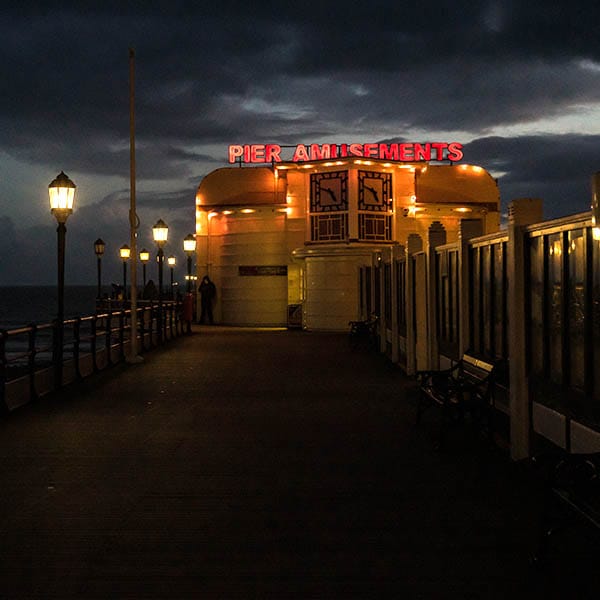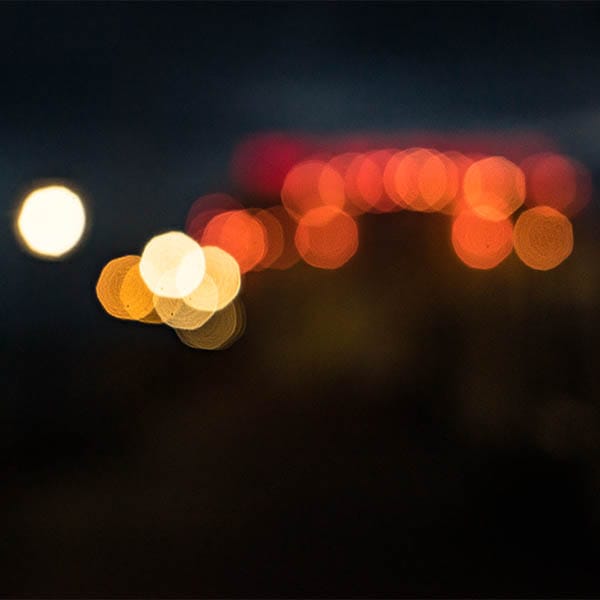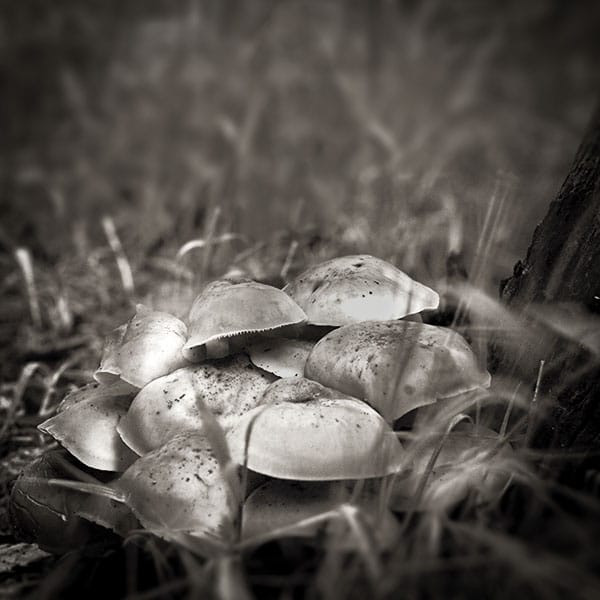05 Feb What is Bokeh – why it is important for travel photography
What is Bokeh and why it is important for travel photography
Bokeh! Got to be one of the weirdest terms in photography It is only beaten by scheimpflug (ability to get your focus plane to any angle you like on a large format camera) and mackie line (helps make your film images sharper by developing the edges more). But more to the point. What is Bokeh and why do we love it.
When looking at lens reviews you might come across the reviewer talking about the ‘buttery soft’, ‘swirly’ or even ‘donut’ bokeh. In this article we’d like to explain about it and why you might need to be interested in it – or not, for your travel photography.

Don’t stress the Bokeh stuff
Bokeh (pronounced BOH kay) is the aesthetic quality of the blur in the out-of-focus areas of your images. The narrower the depth of field (bigger the aperture), the more out of focus areas you get. So Bokeh being an aesthetic quality means that it is subjective and nothing is right or wrong. This is a big relief as it means we don’t have to get bokeh ‘right’, just ‘how we want it’. Phew….
Types of bokeh
Bokeh can be described in all sorts of creative ways so here are some of the more popular adjectives that people use to describe it:
- buttery
- donut
- swirly
- grainy
- circular or oval
- hexagonal
The type of bokeh and the smoothness of it, is a product of the construction of the lens. Both glass and the aperture blades will have an effect on the bokeh. The round look on the previous photograph is down to the blades (10) on the Leica Summicron lens I was using. More blades give you rounder out-of-focus highlights. Round blades will compensate for less blades to give more round highlights.
A mirror lens that uses mirrors rather than glass will give you extreme donut highlights.

Image with small aperture so no noticeable bokeh

When the same image is defocused the soft buttery bokeh in the out-of-focus areas complement the hexagonal bokeh highlights
What and how Bokeh does the job
So bokeh is the quality of the out of focus area. The out-of-focus bit can add so much to an image, but one of its main ‘jobs’ is to make the background appear separate from sharp foreground subjects. This could be to separate the person you photographed from a busy background, or to create a sense of depth in a cityscape or landscape. We use this technique a lot in our night photography as it allows us to create beautiful out-of-focus highlights.

Ally used an aperture of f8 on these mushrooms in Wivenhoe woods, Essex to isolate the subject while still keeping them in focus

Ally used an aperture of f4 on her portrait of Idris inside Truth Coffee in Cape Town, S Africa
On the image above, the out-of-focus lights and metals of all the steam punk paraphernalia give a beautiful backdrop to her portrait of Idris at Truth Coffee … is it the best coffee shop in the world!
To create more out-of-focus areas you need to have your subject a reasonable distance from the background and then use a wide aperture on your lens. (The smaller the aperture number, the wider the aperture is eg, f16 is a small aperture while f2.8 is wide.)
Lastly
Bokeh is a fashionable word at the moment. Sometimes people pour over images, drooling over the bokeh or criticising it at the expense of the content of the image. It is not nearly as important as lens reviewers would have you believe. The most important thing is the image – not the quality of the out-of-focus areas.


No Comments